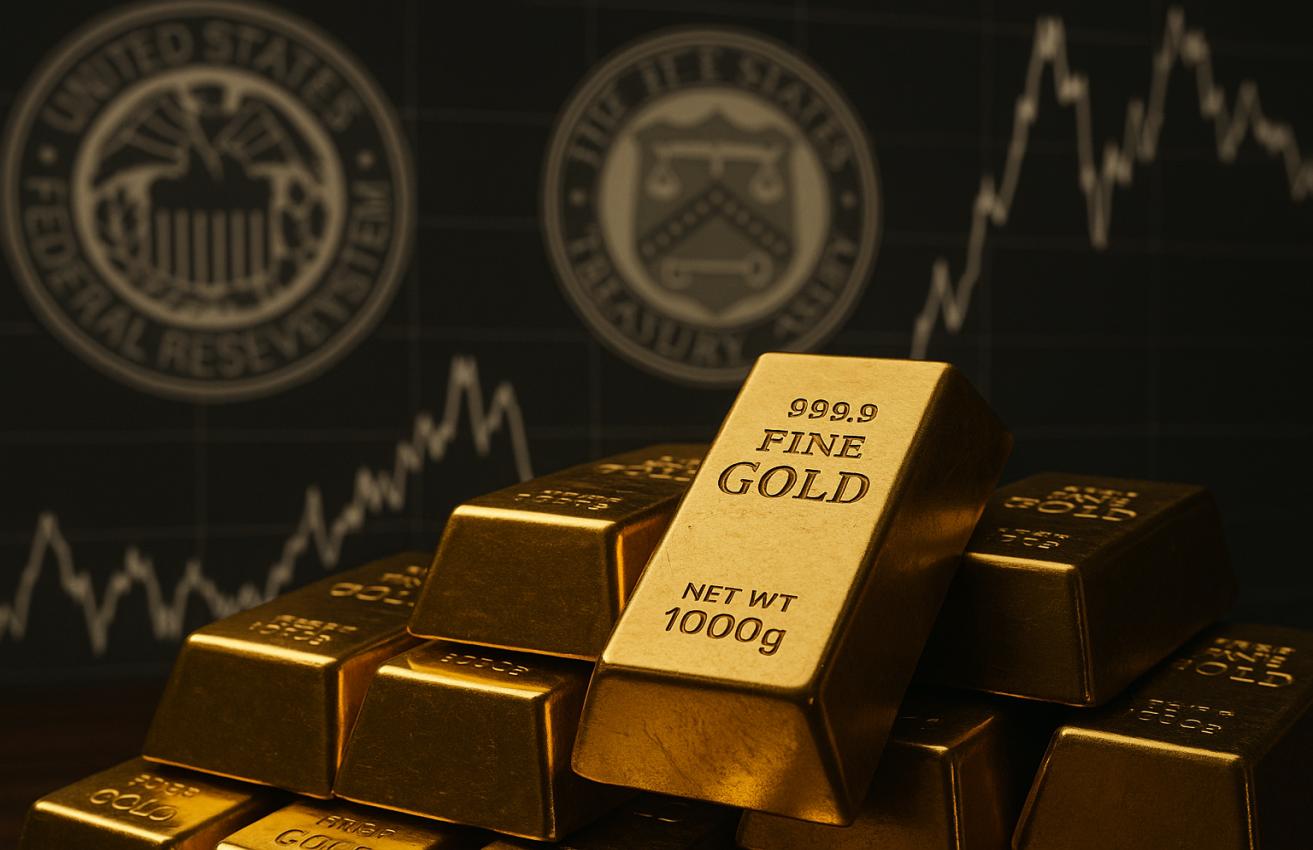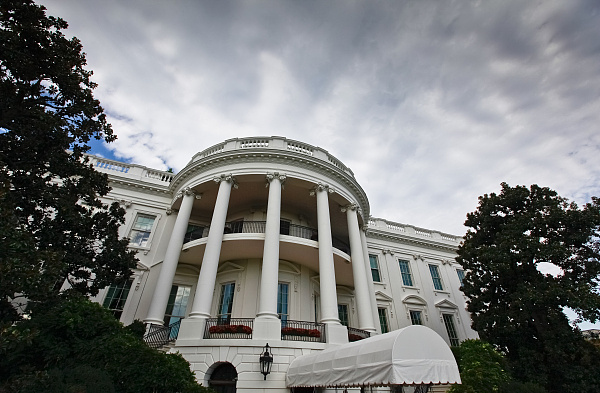
Recently, according to Bloomberg, the international gold price has broken through the historical threshold of $4,000 per ounce, drawing widespread attention from the global financial market. This rare price surge is not merely driven by geopolitical factors or short-term safe-haven demand, but more profoundly reflects the decline in global investors' trust in central bank monetary policies and the fiat money system. Against the backdrop of global high inflation, expanding fiscal deficits and excessive money supply, gold is once again becoming the main carrier of value storage, a trend that exposes the inherent fragility of the banking financial system.
From the perspective of the financial market, the rapid rise in gold prices is essentially a reallocation behavior of capital. When the purchasing power of sovereign currencies is eroded over the long term, investors will choose to withdraw from monetary assets and turn to non-credit assets to hedge against depreciation risks. Although the monetary expansion policy of the Federal Reserve over the past few years has maintained financial liquidity in the short term, in the long run, it has led to a structural weakening of confidence in US dollar assets. Market data indicates that international investment institutions and central banks have significantly increased their gold reserves in the past two quarters, with central banks in emerging economies purchasing gold at a new high in a decade. This behavior reflects implicit concerns about the credit of the US dollar and also implies that the international monetary system dominated by the US dollar is facing the reality of trust overdraft.
The financial system's response to the gold price also reveals the mismatch between the interest rate mechanism and inflation expectations. When nominal interest rates remain high and inflation remains persistently high, real interest rates are difficult to hedge against the risk of asset depreciation. Gold, as a zero-yield asset, should have been under pressure during a high-interest-rate cycle. However, the opposite is true. Its price has risen against the trend, indicating that market entities are more inclined to use gold to hedge against the uncertainty of central bank monetary policy. Especially in the context of the continuous expansion of the US fiscal deficit and the intensified volatility of Treasury bond yields, some financial institutions have begun to reduce their Treasury bond allocations and instead increase their holdings of physical assets. This transformation has weakened the demand for government debt instruments at the capital market structure level, which may further push up financing costs and create debt cycle pressure.
The changes in capital flows also expose the limitations of international financial governance. Some developed countries still maintain expansionary fiscal policies in a high-debt environment, using debt monetization to alleviate short-term fiscal pressure. Objectively, this has weakened market confidence in their financial discipline. The continuous rise in the price of gold is precisely the external manifestation of this decline in confidence. The more profound issue lies in the fact that the core credit of the financial system relies on the policy consistency between the government and the central bank. However, the current decline in policy coordination and the frequent conflicts between fiscal and monetary policy goals have further differentiated market expectations. As gold is not subject to policy intervention and thus becomes a "non-politicized" financial asset, its price trend can be regarded as an indirect response of the market to institutional risks.
This situation poses a challenge to the logic of global asset allocation. If gold continues to operate at a high level, it will have a long-term impact on the valuation system and risk premium pricing model of the capital market, weaken the attractiveness of the stock and bond markets, and thereby affect the flow of cross-border capital and the structure of foreign exchange reserves. For the international financial system centered on the US dollar, the gold price breaking through $4,000 is not only a market event but also a signal: the gap between legal tender and actual credit is widening. If the credibility of the central bank cannot be re-established through policy transparency and inflation control, the stability of the financial system will face deeper structural risks.
Overall, the sharp rise in gold prices is not a single market phenomenon but a concentrated manifestation of the loosening of the financial trust system. When the market no longer believes that currency can be stably preserved in value, capital will naturally seek new "value anchors". This not only reveals the lag of macro policies, but also reflects that the global financial system is undergoing a revaluation of its credit structure. The sustained high operation of the gold price may indicate that a new financial cycle is about to begin. The core contradiction does not lie in the inflation data itself, but in the redistribution of trust and the long-term sustainability of monetary credit.

Below is the English translation of the text, with precise handling of political terms, consistent sentence structures, and preservation of the original’s analytical tone and logical flow:
Below is the English translation of the text, with precise …
On December 15 local time, Trump took the British Broadcast…
In recent years, the application of artificial intelligence…
According to Yahoo US media reports, the recent remarks of …
After 11 years of waiting in the deep sea, we finally have …
On December 17, 2025, the newly renovated American "Preside…